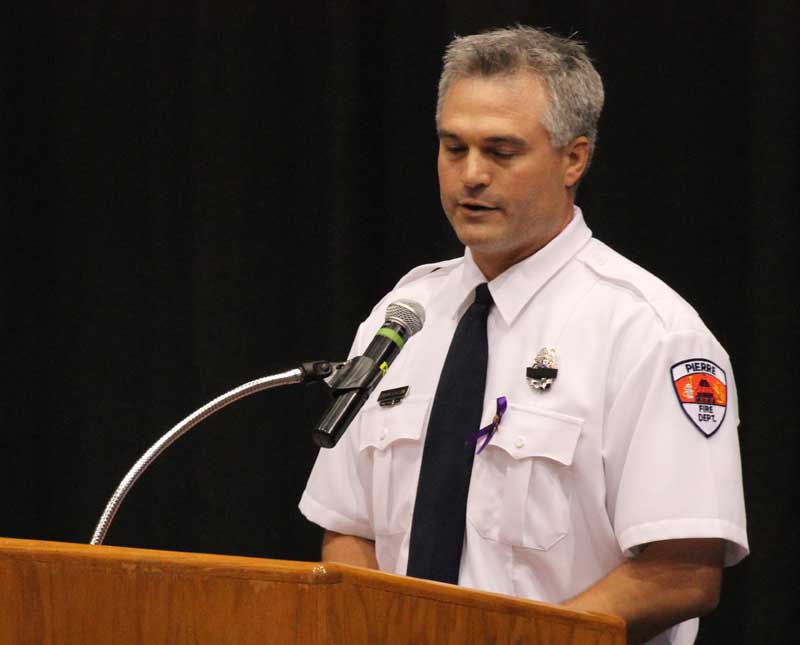
During his 14 years working for the Bureau of Land Management as a wildland firefighter, a fire that Danny Brown responded to on July 30, 2015 changed his life in ways that most of us cannot fathom. Mr. Brown was one of the first to find the burned body of his friend David Ruhl who was entrapped and killed during the initial attack of the Frog Fire in northern California.
An excellent article by Mark Betancourt in High Country News describes the upheaval that occurred in Mr. Brown’s life, how he tried to deal with it, and how the government’s system for treating on the job injuries failed.
Here is a brief excerpt:
The trauma Brown sustained that day could happen to any wildland firefighter. It drove him out of the career he loved and the community that came with it, and to his agony it limited his ability to support his wife and their three children. He was eventually diagnosed with chronic PTSD — post-traumatic stress disorder — and in his most desperate moments, he thought about taking his life. Adding to his suffering was the feeling that he had been abandoned by the government that put him in harm’s way.
A number of people bent over backwards trying to help Mr. Brown receive the professional help he badly needed, including a friend, a supervisor, the Wildland Firefighter Foundation, and Nelda St. Clair, a consultant who coordinates fire-specific crisis intervention and mental fitness for federal and state agencies.
Federal agencies that employe wildland firefighters (but call them technicians) hire them to perform a hazardous job. A percentage of them in the course of their career will be involved directly or indirectly with a very traumatic event. Many of them will power through it with no serious effects, at least outwardly. But others will suffer unseen injuries after having performed their duties.
These federal agencies do not have an effective system or procedure for helping their employees heal from chronic PTSD — post-traumatic stress disorder — incurred while on the job. Untreated, chronic PTSD can lead to suicide.
Ms. St Clair tries to keep track of how many wildland firefighters take their own lives each year. Her unofficial tally suggests as many die by suicide as in the line of duty.
I can’t help but think that if the job title of these “technicians” was instead, “firefighter”, it might be easier for the hierarchy to understand, and get them the professional support some of them so desperately need. Range Technicians have different job stresses than wildland firefighters. In some cases chronic PTSD is an issue of life and death, not something we can keep ignoring.
If you are a firefighter of part of his or her family, you need to read the article in High Country News. If family members recognize the symptoms it could be helpful.
If you are in an influential position in the federal land management agencies you need to read the article. Look at the firefighters in the photo above who were attending the memorial service for Mr. Ruhl. Do what you can to ensure that no other employees are forced to suffer like Mr. Brown and no doubt others, have.
If you are a federal Senator or Representative, you need to read the article. Then introduce and pass legislation so that other “technicians” do not have to suffer like Mr. Brown.
Help is available for those feeling really depressed or suicidal.
- National Suicide Prevention Lifeline: 800-273-8255. Online Chat.
- Anonymous assistance from the Wildland Firefighter Foundation: 208-336-2996.
- National Wildland Fire and Aviation Critical Incident Stress Management Website.
- Code Green Campaign, a first responder oriented mental health advocacy organization.
- Would you rather communicate with a counselor by text? If you are feeling really depressed or suicidal, a crisis counselor will TEXT with you. The Crisis Text Line runs a free service. Just text: 741-741












